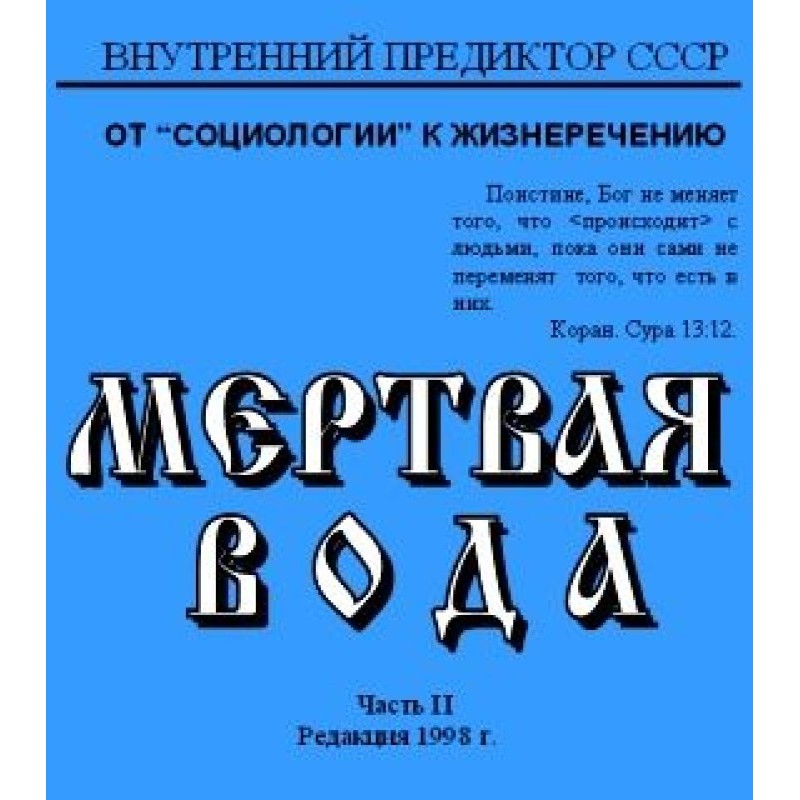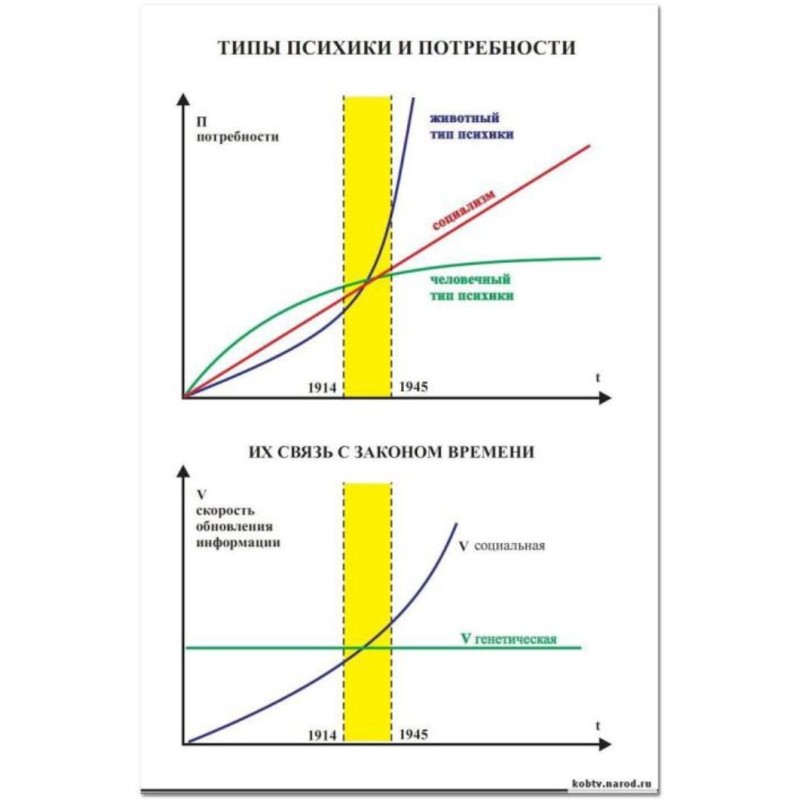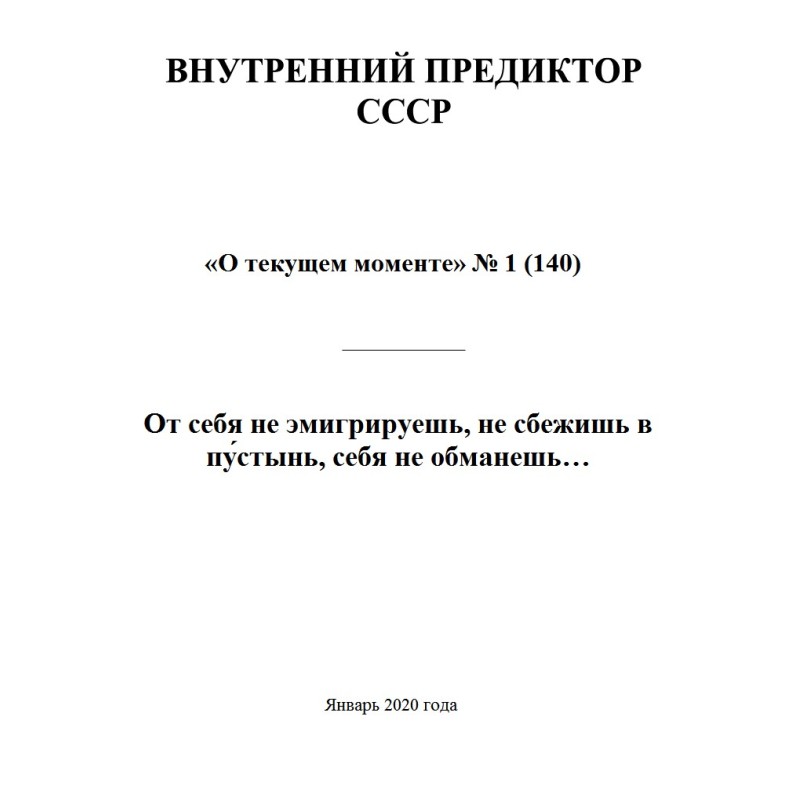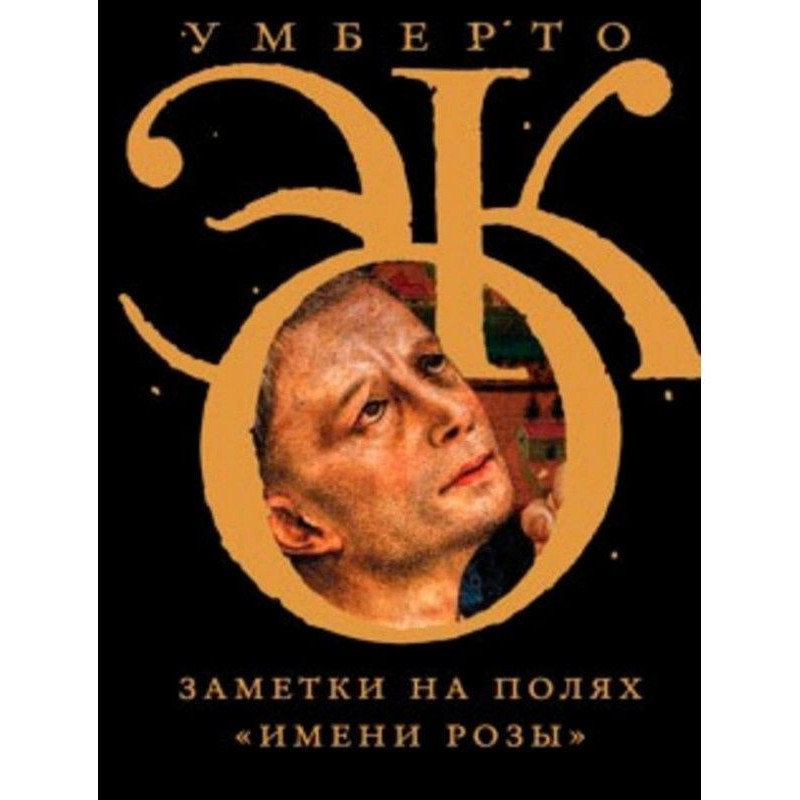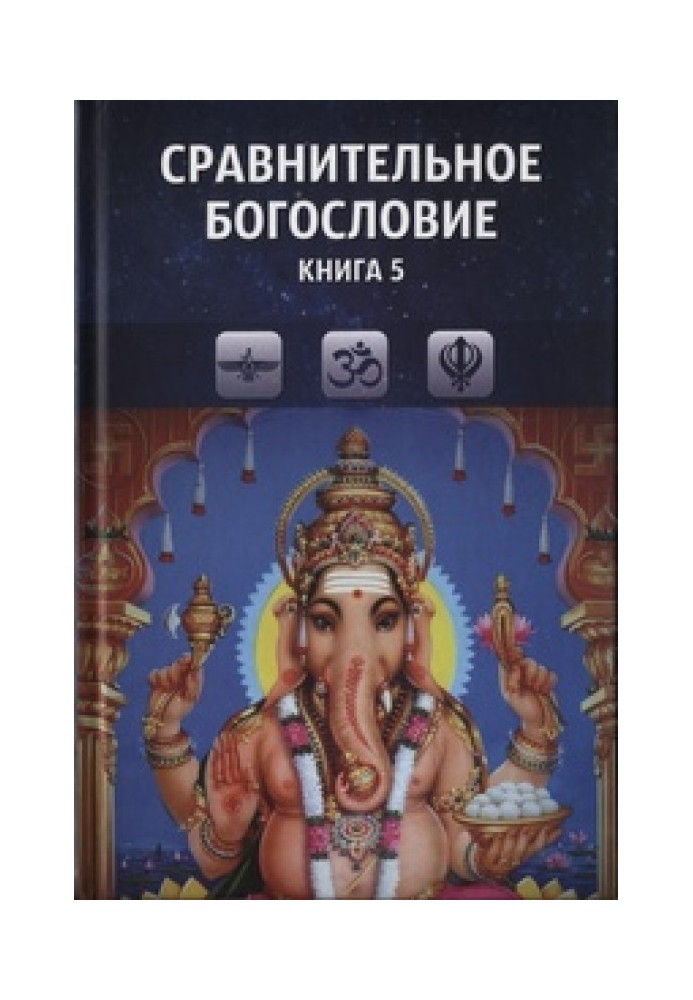Comparative theology. Book 5
 Instant download
Instant download
after payment (24/7)
 Wide range of formats
Wide range of formats
(for all gadgets)
 Full book
Full book
(including for Apple and Android)
The fifth book of the textbook of the Forecasting and Analytical Center of the Academy of Management for the course “Comparative Theology” begins with the chapter “The Religious System of Ancient Iran,” which opens the section on the religious systems of the Vedic East. This chapter fills the gap left after an autonomous (from the Vedic East) consideration in previous books of the curriculum of the main “world” religious systems. It provides an account of the religious origins and basic misconceptions that were included in at least three main “Abrahamic” religious systems, and also became the ideological basis of the ideology of the Soviet period. The materials in the chapter put into place chronologically consistent sources and consequences of the largest religious illusions. The second chapter is devoted to the religions of India. The religious experience of Hinduism is good because it can be used to trace the development of Eastern religious illusions: those that were not considered in the analysis of Zoroastrianism. And first of all, of course, we are talking about Eastern psychotechnics. Psychotechnical religious applications are the first very interesting aspect of Hinduism. Another very interesting aspect of the religious system of Hinduism is the social organization of Indian civilization, which is closely connected with religious doctrine and both are a single complex on which the class-caste Indian order is based.
Data sheet
- Name of the Author
- Внутренний СССР Предиктор
- Language
- Russian
Reviews
Глибоке та змістовне дослідження релігійних систем
Книга "Порівняльне богослов'я. Книга 5" є надзвичайно цінним ресурсом для всіх, хто цікавиться релігійними системами та їх впливом на суспільство. Автор майстерно розкриває релігійну систему стародавнього Ірану, що дозволяє читачеві зрозуміти витоки та еволюцію релігійних ідей, які стали основою для трьох основних авраамічних релігій. Зокрема, глава про релігії Індії відкриває нові горизонти для розуміння індуїзму, його психотехнічних практик та соціальної організації, що тісно переплітається з релігійною доктриною. Ця книга не лише заповнює прогалини в знаннях, але й спонукає до глибоких роздумів про вплив релігії на культуру та суспільство. Рекомендую цю книгу всім, хто прагне розширити свої знання в області порівняльного богослов'я та релігійних досліджень.





